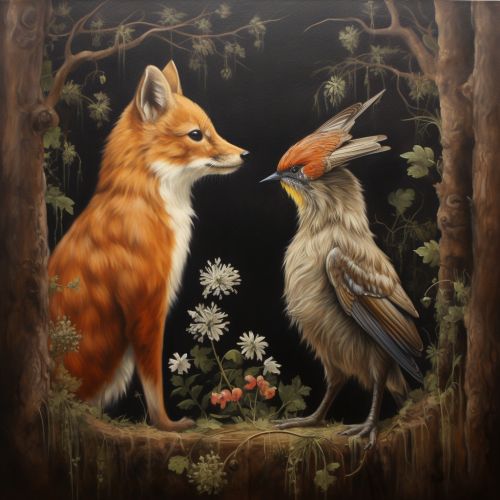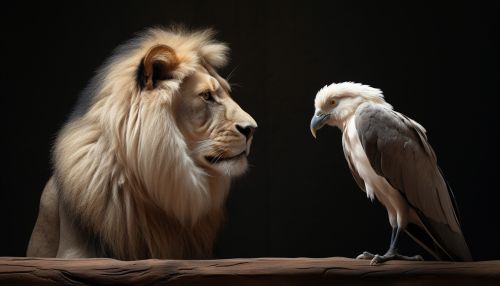Animal cognition
Introduction
Animal cognition involves the mental capabilities of non-human animals, including the study of their perception, cognition, memory, and learning. The field of animal cognition has developed from roots in ethology and behavioral ecology to become an increasingly mainstream area of psychology and biology.
History
The study of animal cognition dates back to the work of Charles Darwin and George Romanes in the late 19th century. Darwin's principle of evolution and Romanes' anecdotal method of investigation set the stage for the scientific analysis of animal cognition.


Perception
Perception in animals is the process by which animals interpret and organize sensory information to understand their environment. This includes the perception of stimuli such as light, sound, temperature, and smell. Animals' perceptual abilities can be studied through a variety of methods, including behavioral observation, neuroimaging, and psychophysics.
Cognition
Cognition in animals refers to the mental processes and abilities, such as learning, memory, problem-solving, and decision making, that animals use to interact with their environment. Animal cognition research has provided evidence for complex cognitive abilities in a wide variety of species, including birds, mammals, and even some invertebrates.
Memory
Memory in animals is the ability to store, retain, and recall information. Studies have shown that many animals, including birds, mammals, and some invertebrates, have the ability to form complex memories. This includes episodic memory, or the ability to remember specific events, and procedural memory, or the ability to remember how to perform specific tasks.
Learning
Learning in animals is the process by which animals acquire new behaviors or modify existing behaviors in response to experiences in their environment. This can occur through a variety of mechanisms, including classical conditioning, operant conditioning, and observational learning.
Animal Communication
Animal communication involves the transmission of a signal from one animal to another in order to influence the behavior of the receiver. Animals use a variety of methods to communicate, including visual signals, auditory signals, chemical signals, and tactile signals. The study of animal communication can provide insights into the cognitive abilities of animals.


Conclusion
The study of animal cognition provides valuable insights into the mental lives of non-human animals and can also inform our understanding of human cognition. As research in this field continues to advance, we are likely to discover even more about the complex cognitive abilities of the animal kingdom.
